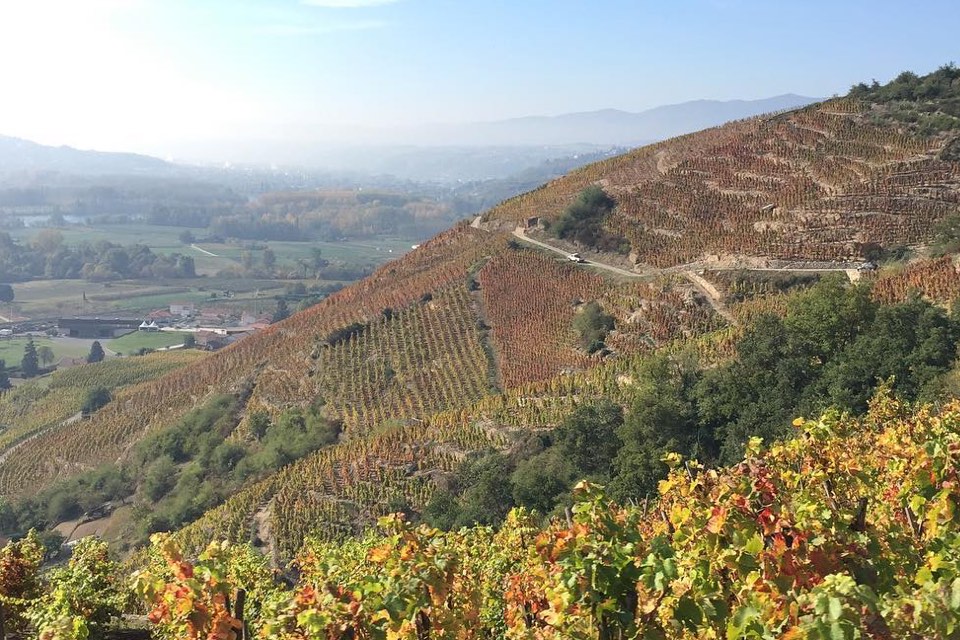Xavier Gérard is an up-and-coming force to be reckoned with in the Northern Rhône. Having assumed control of his family’s impressive holdings in Côte-Rôtie and Condrieu with the 2013 vintage, Xavier has been steadily honing his craft over the ensuing years; today, his svelte, pure, classicist renderings of Côte-Rôtie’s unique terroir rival anything produced in the appellation. Furthermore, his nimble, acid-prizing touch with Viognier yields Condrieu of appealing restraint and foregrounded minerality.



Xavier is steering his viticulture toward the fully organic—a particularly arduous feat on these brutally steep terraced slopes—aiming for certification over the next several years, and he has refined his touch in the cellar to allow for sensitive rather than systematic whole-cluster usage, natural fermentations, and minimal handling of the wines during their élévage. His emphasis on elegance and precision provides a wonderful counterpoint to the beloved Côte-Rôtie of the Levet family (who introduced us to Xavier ten years ago), while offering an equally profound glimpse into these slopes’ prized schist.
Farming
Practicing organic
Treatments
Copper sulfate only
Ploughing
Annual hoeing and ploughing to maintain vineyard health
Soils
Granite and limestone-clay
Vines
Staked and head trained, vines were planted at 6,000 vines/ha in the 1922-5, 1968, 1981-5, 1988, 1993, 1998, 2001, 2011-2, and 2017
Yields
Controlled through severe winter pruning, debudding, and an occasional green harvest, yields average c. 35-40 hl/ha
Harvest
Entirely manual, usually in late September
Sourcing
Entirely estate fruit
Fermentation
Condrieu L’Arbuel ferments spontaneously in neutral, 228-l barriques and 600-l demi muids. Condrieu Côte Châtillon ferments spontaneously in stainless-steel tanks (50%) and neutral demi muids. After partial destemming and a 2-3 day cold soak, red wines ferment spontaneously in concrete vats
Extraction
Wines seem pumpovers during cuvaison
Chaptalization
None
Pressing
Vertical basket press
Malolactic Fermentation
Spontaneous, following with alcoholic fermentation
Élevage
Saint Joseph and Condrieu wines spend 12 months in neutral, 600-l demi muids and 228-l barrels. Half of Condrieu Côte Châtillon ages in stainless-steel tanks. Côte Rôtie spends 24 months in neutral, 600-l demi-muids. Côte Rôtie La Landonne spends 30 months in 228-l barrels (50% new)
lees
Wines are racked off their gross lees after cuvaison and remain on their fine lees until assemblage prior to bottling
Fining and Filtration
Red wines are unfined and unfiltered. White wines are unfined and see plate filtration

Optional caption text here lorem ipsum


